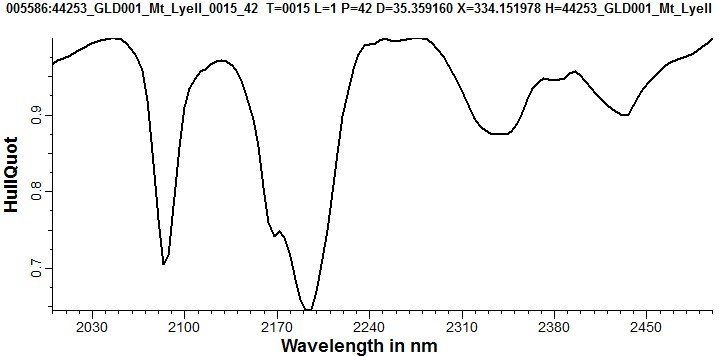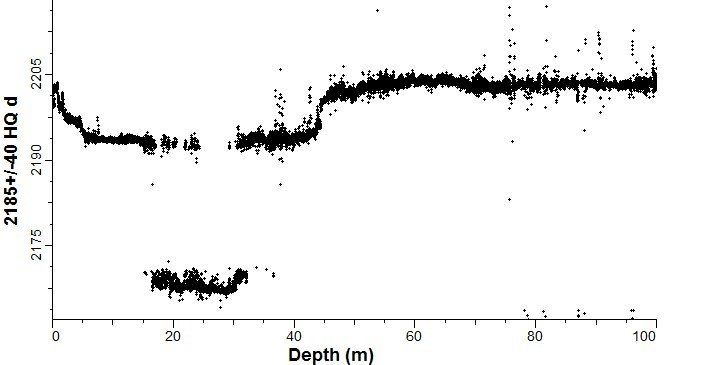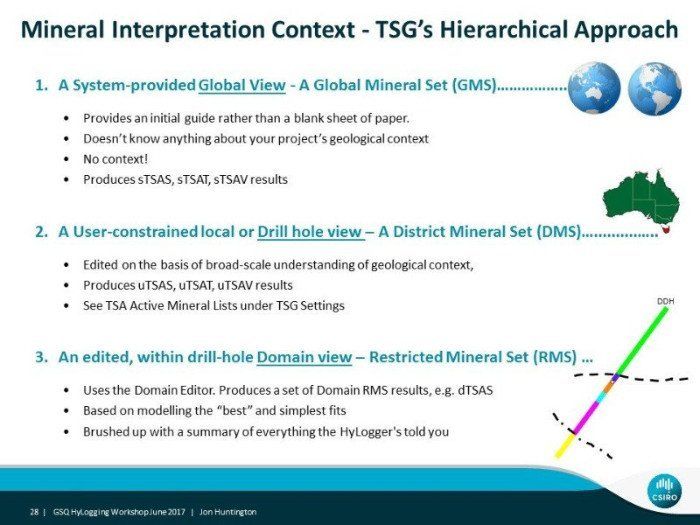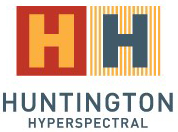Purchase TSG8
The Spectral Geologist software package, referred to as TSG, is the industry standard package for the analysis and interpretation of spectral reflectance data from field and core logging spectrometers used by Geologists and Earth Scientists all around the world. TSG8 (build 8.0.7.1) is the latest update available with new features including an updated TIR spectral library and bug fixes. Remember you can rent TSG for those short-term projects as TSG is sold in time-blocks from 1 week to 3 years. TSG8 handles spectra from many VNIR, SWIR, MIR and TIR spectrometers.
There is now only one TSG with full functionality regardless of what you license.
TSG is developed for
geoscientists by
geoscientists at Australia’s premier science agency, the CSIRO. The Spectral Geologist software is marketed under license from the Commonwealth Scientific and Industrial Research Organisation (CSIRO).
TSG8
supports spectra from ASD Inc. (Malvern/Panalytical), HyLogging and Spectral Evolution instruments, as well as the traditional ASCII input, e.g. from the USGS, other spectral libraries or from Bruker and Agilent instruments. Data from hyperspectral imaging instruments such as Corescan, Specim and Terracore may also be imported in small quantities when available in ENVI Spectral Library format.

Huntington Hyperspectral Pty Ltd is an authorised CSIRO TSG
reseller and training supplier. We are pleased to help users come up to speed with
TSG8, point you to the download site and, once purchased, assist you to make the most of your spectral analysis project (see below), with the most relevant software on the market.
To download the free TSG8
setup program and purchase a time-block with full functionality, with your credit card,
visit here: http://bit.ly/TSG-V8.
This link will open a new page and take you to an external download site managed by CSIRO. You may return here to learn more and inquire about TSG training.
If you wish to acquire TSG using a purchase order please email us at jon@hhgeoscience.com.au
The initially downloaded version is FREE and functions as a read-only Viewer. This is a terrific way to get introduced to the power of TSG and for studying the thousands of public drill core hyperspectral datasets available from the Australian National Virtual Core Library (NVCL) or other open source spectral data.
New Features in TSG8
- New on-line sales channel for immediate download, setup and licensing
- Cheaper pricing based on time-based pricing. TSG-Viewer functionality remains free
- Improved TSA algorithm (TSA+) for automated unmixing and interpretation
- Many real-world spectra are mixtures and “matching”, as offered by some applications, is not enough: unmixing is required. TSG also offers matching.
- Thermal infrared (TIR) support for anhydrous silicates as well as the usual hydrous (“clay”) and carbonate minerals.
- The built-in TIR spectral reference library also includes such minerals as apatite, barite, anhydrite and many metamorphic minerals.
- New CLS (Constrained Least Squares) unmixing algorithm especially suited to the TIR
- Domain editor for spatially-aware datasets allows mineral lists for each domain and the unmixing algorithms to use only those lists (reduces errors of commission)
- New Layouts option allows you save your screen layouts
- Journaling and Checklist options permit you to track your processing steps and inform others
- Included PLS (Partial Least Squares) modelling for quantifying relationships (e.g. to assays)
- Improved spatial down-sampling and re-sampling options (e.g. to other instrument characteristics)
- and more ….
Please contact Huntington Hyperspectral Pty
Ltd for more in-depth tuition on TSG8
methods.
Students & Supervisors
For bone-fide students and educational institutions undertaking genuinely non-commercial educational research projects substantial educational discounts of 80% off are available. Please email (jon@hhgeoscience.com.au) for details with an explanation of your educational status. Note TSG-Viewer, the unlicensed version is entirely free. If you wish to equip a lab with multiple free TSG-Viewer licenses on multiple computers, as some teaching institutions have done, please contact us for such special arrangements.
Using TSG8 – Many ways to work
TSG offers many ways to interpret your reflectance spectra. Two, in particular, are:
1. If you are familiar with reading reflectance spectra and do not have too many samples then calculating spectral parameters, indices or scalars (as TSG calls them) is a valuable way to characterise the composition and relative abundance of contained minerals and compare and contrast them with known standards or characterise multiple samples in 1D, 2D or 3D.


2. If you are unfamiliar with reflectance spectra, or have thousands or tens-of-thousands of samples, as in drill core logging, then TSG offers automated methods, most importantly unmixing, where the observed spectra are compared to numerus modelled mixtures to offer you a suite of estimates, prioritised by the most likely. Let’s face it most samples comprise complex mixtures of several mineral phases in varying proportions so you need tools to deal with this!

In reality most geologists will use both of the above methods (and possibly others) to arrive at a preferred final interpretation.
Applying context to TSG8’s unmixing – Tailored outputs and recommended workflows
When interpreting spectra in TSG context is everything. When first run TSG8’s automated unmixing knows nothing about your project or your objectives, even less about the style of geology you are working in. It is thus vital you tell TSG this, if you can, to give it some context to the likely mineralogies that may be present. This information is given to TSG in the form of active mineral reference lists referred to as restricted minerals set (RMS) lists.
- When first run TSG uses its entire mineral library and “does its best” in unmixing and estimating possible minerals, but with no context. It thus produces what might be called a global or System Interpretation. It can make errors! It is NOT recommended that you base your final interpretation on this result. It should only be used as an initial guide.
- Your first step in applying context is to edit the whole dataset’s active mineral list and turn off minerals or mineral groups that are not expected in the current environment, or represented as random ones or twos. TSG then produces a second filtered or User Interpretation for the entire project. The first interpretation is not overwritten and is still available for reference. If you’re editing of the mineral lists is incorrect don’t worry there are tools to tell you that so that you can re-edit the lists. In some instances the User Interpretation may qualify as a final result and be worthy of reporting.
- A next step in refining your interpretation and applying context is within subsets or spatial domains of your dataset. If your dataset is a drill-hole, a suite of drill-holes, or a series of spatially-constrained traverses, it is quite possible that multiple lithologies or multiple alteration zones may be involved. In this case a single whole-of-dataset restricted mineral set may not be appropriate. So TSG allows you to create Domains within your dataset, and apply separate RMSs (restricted mineral sets) to each domain. See the Domain Editor for this. This process will produce a Domained Interpretation.
These steps are illustrated in the graphic below.
There are simple tools for building and editing the restricted mineral sets and knowledge about these might come from your own knowledge of an area, from publications, or from sample analyses such as XRD or petrographic work. In TSG8
there are also tools to help build consistency between the information provided by different wavelength regions (VNIR, SWIR and/or TIR) if these apply to your dataset.

Please contact
Huntington Hyperspectral Pty Ltd for more in-depth tuition on
TSG8 methods or follow on Instagram: #hhgeoscience.
